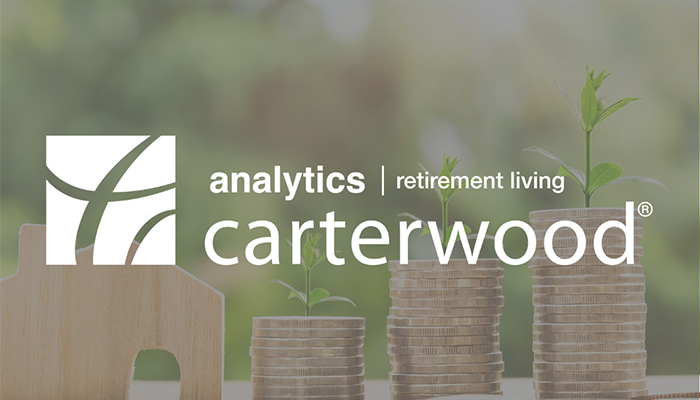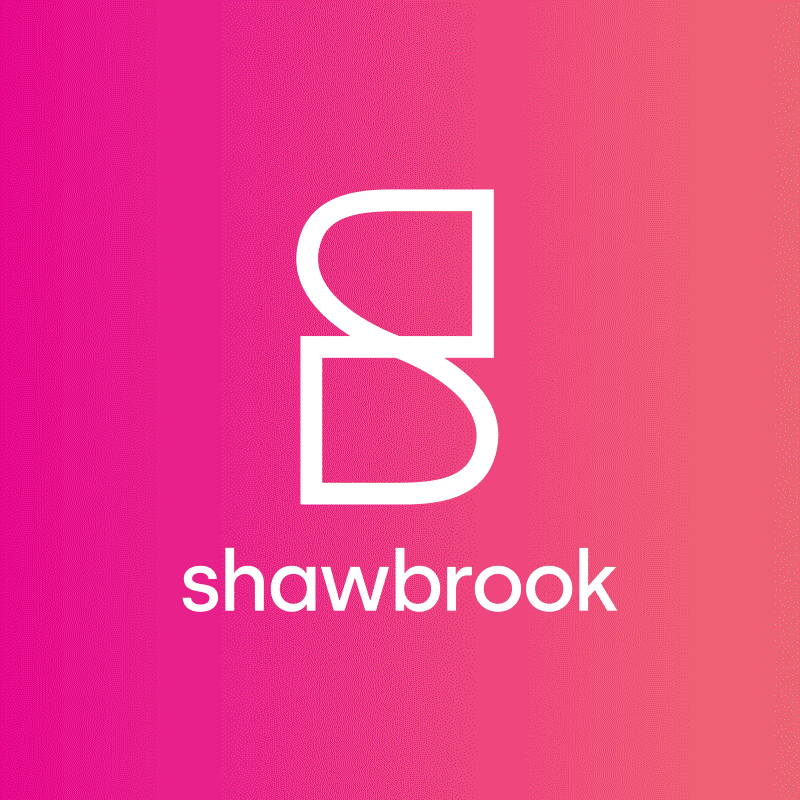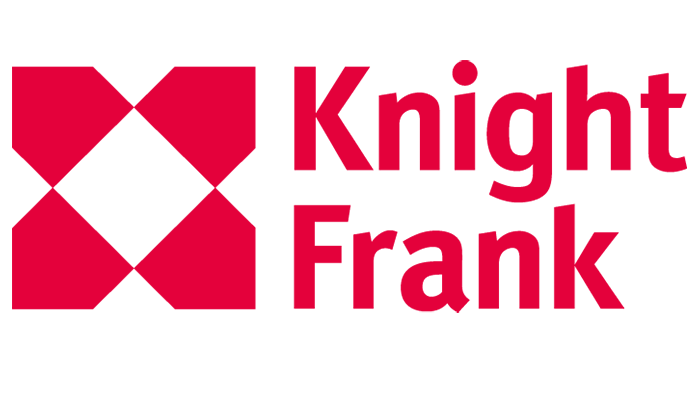Acuity Law partner Jenny Wilde gives the lowdown about incoming changes to The Care Quality Commission (CQC) regulatory regime coming in Autumn 2023.
Sponsored ContentHow to price a retirement living scheme

Is pricing a retirement living scheme art, or science? The reality is that it’s a bit of both. Carterwood share their guide on how to price a retirement living scheme, and introduce a whole new way of tapping into invaluable data that will set you on the right path: Carterwood Analytics – Retirement Living.
Pricing a retirement living scheme can be tricky. Unlike a general needs housing development, where there is likely to be lots of local evidence of sold prices achieved by similar types of properties, the low volume of genuinely comparable retirement living schemes around the country makes it difficult to make meaningful local comparisons.
However, that doesn’t mean it’s impossible to calculate achievable prices for such schemes, it just requires consideration from a few different angles.
Determining your catchment area
The first step towards calculating achievable sales rates is to determine the realistic catchment for your scheme. We typically recommend a two to five-mile catchment for a smaller, town-centre development, with a 10 to 15-plus-mile radius for a larger, edge of town retirement village scheme.
There are a variety of other factors that can influence catchment size, such as scheme specification, target market, and whether the catchment is urban or rural in nature. It may therefore be necessary to conduct pricing analysis across a number of different catchment sizes to consider different scenarios.
Another critical component is the proposed market tier for the development. Here’s how we’d define the different tiers of retirement living schemes when we are looking at the catchment demographic wealth profile to indicate numbers of households that can potentially afford property prices in the area.
- Middle: Middle-market product targeting households moving from semi-detached, terraced and apartment properties. Average one-bed size: 500-600 square feet. Average two-bed size: 700-850 square feet
- Middle-upper: Targeting movers from a wide market across all housing types. Average one-bed size: 601-750 square feet. Average two-bed size: 751-1000 square feet
- Top-end: Scheme will target homeowners in the top of the market, focusing on households in detached and semi-detached properties. Average one-bed size: 751-plus square feet. Average two-bed size: 1001-plus square feet.
For example, a middle tier scheme in the suburbs of Oxford would likely only attract local residents from the city itself, so a three-mile catchment would be appropriate to work from (see Figure 1).

(Source: Carterwood Analytics | Retirement Living); Google Maps
Whereas a top-end scheme might pull residents from up to 15 miles, attracting residents from a far greater population. Indeed, some top-end retirement villages can attract a small proportion of residents from many miles away (see Figure 2).

(Source: Carterwood Analytics | Retirement Living); Google Maps
Making meaningful comparisons
Once you’ve determined the realistic catchment area from which your scheme can attract residents, it’s time to assess local market comparables to establish the sales prices that might be achievable.
There are three traditional ways of assessing comparable sales evidence:
1: Using general needs housing residential sales data
2: Using local retirement living comparable schemes
3: Using comparable evidence from areas with similar demographic profiles.
1. Using general needs housing residential sales data
Retirement living is a subset of the general needs housing market and as such, pricing assessments are inevitably informed by it.
What’s more, because the vast majority of private retirement living transactions are funded from the equity released through the sale of an existing home, the value of existing housing stock has a direct link to the price most retirement living purchasers can pay.
The first step then, is to evaluate the average house prices by property type within your catchment area, which enables you to zero in on the target market for your scheme. For example, a top-end scheme will target households living in detached or semi-detached properties. For a middle-market scheme, the average house prices for semi-detached, terraced, and apartment properties will be most relevant.
Once you have a picture of the average house prices for your target market, it’s also important to make sure there is a sufficient number of those households in your catchment area.
A good rule of thumb is to ensure that your scheme’s total number of units is less than 5% of the number of qualifying households at your chosen price point.
Using census data, it’s possible to identify exactly how many households there are in the catchment area that meet the following criteria:
- The home is owned outright
- The household reference person (HRP) is 65-plus years of age.
The first of these criteria is important to ensure that the homeowner has 100% equity in his or her property, the latter because the 65-plus demographic is most likely to move into a retirement scheme.
You can then overlay that data with the average house prices to find out how many homes are owned outright, with an HRP who is 65-plus, and the average property value is £500,000-plus, for example.
This analysis shows the depth of the market at different price ranges.
2. Using local retirement living comparable schemes
Understanding the housing wealth of qualifying households – as detailed above – is an important part of understanding pricing potential. However, it’s also important to investigate any available sales evidence from existing local retirement living schemes, as a more direct comparison.
Retirement living schemes often achieve ‘premiums’ over and above a similar comparable development to reflect the provision of on-site care/amenities and additional features required for specialist schemes targeting older people. Local evidence of premiums above local residential ensures that the scheme does not undersell itself when seeking to cater to its niche market.
This data can provide an insight into the sales prices achieved by schemes of a similar type to yours.
3. Using comparable evidence from areas with similar demographic profiles
A common issue with the second approach is the paucity of comparable schemes within the majority of locations across Great Britain. The next best approach here is to look at comparable schemes in locations that are further afield, but have similar characteristics (for example, demographics, house prices, size) to your location.
Widening your data pool
It’s important to note that the comparable sales price approaches above reference Land Registry sold data. To bolster this evidence and gain a more comprehensive view of achievable prices, we recommend supplementing this dataset with current asking price data from property marketing portals and enquiries with local estate agents.
Detailed intelligence relating to new developments in progress or recently completed are often of more value than average rates of older, poorer-quality stock. Identifying and examining these ‘key’ comparables in detail is an essential part of the pricing process.
Factoring in ‘affordability’
Comparable evidence provides the essential information required to assess achievable sales prices, but it can be refined further by incorporating affordability measures, which account for scheme-specific or local market factors that will affect pricing. This article does not explore affordability methodologies, but Carterwood’s expert advisory team would be delighted to discuss how price modelling can be refined further using these approaches.
Summary
Is pricing a retirement living scheme art or science? The reality is that it’s a bit of both.
Without up-to-date, accurate data, it’s extremely difficult to get even close to the right answer, and the raw numbers will only get you so far. Without significant experience and deep insight into the nuances of how schemes affect local markets, it’s impossible to calibrate pricing to its maximum possible rate.
At Carterwood, we provide the data in the form of our Carterwood Analytics | Retirement Living platform, which puts sales data for private retirement living schemes across Great Britain at the fingertips of developers, operators, and investors. If you need a second opinion to back up your own insights, we also have an experienced, sector-specialist advisory team on hand to assist you with market-leading due diligence and planning reports.
To find out more, visit Carterwood Analytics | Retirement Living or get in touch on info@carterwood.co.uk.
Carterwood is a multi-award-winning property adviser dedicated to social care. We provide market analysis services and software to investors, developers, and operators within the elderly care home and retirement living sectors. We combine sector-specialism with unparalleled data quality and a commitment to innovation, to help our clients make better decisions
Latest Intelligence
How BookJane, technology platform for health care facilities, manages to increase utilisation, flexibility, staff satisfaction and reduce turnover
Sponsored ContentThis year's report focuses on the healthcare investment market trends from the past year and covers our thoughts for the year ahead.
Market reports



